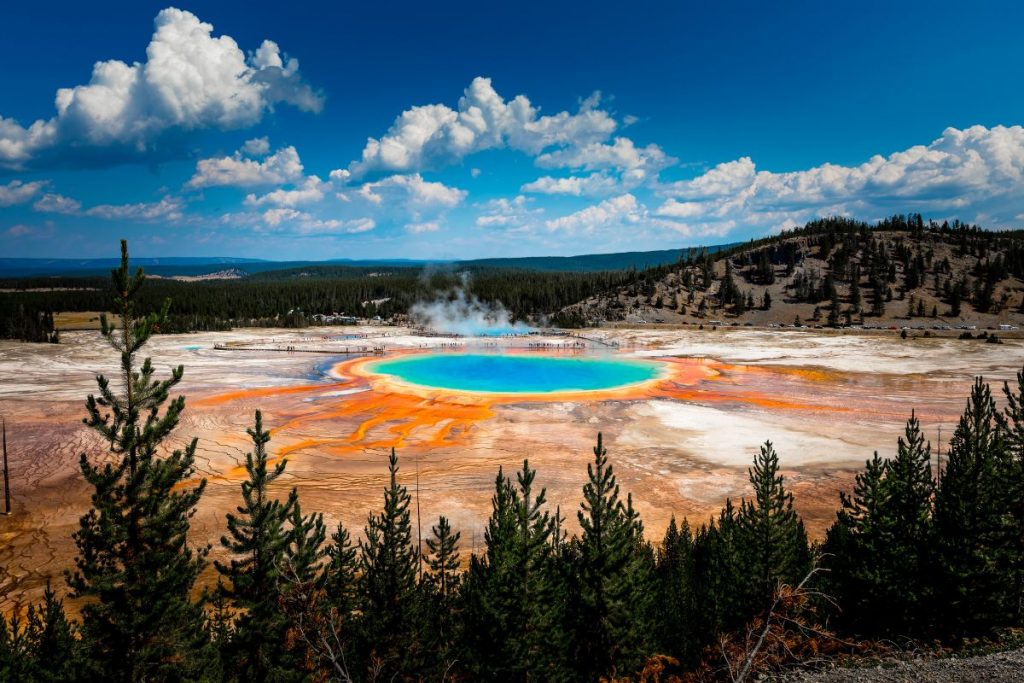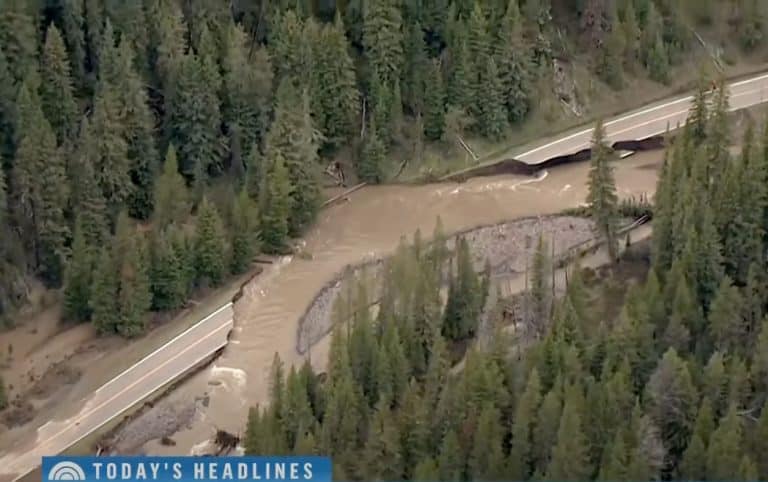The park was hit by severe flooding this week caused by heavy rains and melting snow, according to park superintendent Cam Sholly. Two to three inches of rain fell in the park over the weekend, which was exacerbated by more than five inches of snow that melted due to warmer weather.
There is still about 12 inches of snow on the park’s ground, which could lead to more flooding.
As a result of the situation, roads were washed out, bridges crumbled, and the power supply was interrupted.
According to the National Park Service, most of the damage was on the north side of the park, where the road was washed out in many places and there was a “major rock slide” near Gardner Canyon.
Mudslides and fallen trees were also spotted from Tower Junction to the northeast entrance. The flooding disrupted water and sewer systems in Canyon Village and Mammoth Hot Springs.
Power was also out in several locations, leaving parts of Gardiner Village in Montana without water and electricity.
Key information for travelers
- Yellowstone is still repairing damage and preparing to reopen in the south, while the north is still recovering from the flooding.
- All five entrances to the park are currently closed, but the west, south and east entrances are expected to reopen as early as next week.
- Water levels are still high, but have dropped significantly in the last 24 hours.
- Weather conditions and the possibility of further flooding are being monitored with the assistance of NOAA and USGS staff.
- The National Park Service is assessing the carrying capacity of the South Loop and working with partners to develop appropriate visitor management strategies to safely accommodate visitors in this area of the park.
- The NPS is evaluating which other areas of the park could be reopened for the season.
- Visitors should check the Yellowstone website, local chambers of commerce, and social media for changes to ensure they have the most up-to-date information.
- The NPS does not yet have an estimate of when Yellowstone will fully reopen, nor does it have a preliminary cost for repairs and restoration.

Statement from the Superintendent
“We have made tremendous progress in a very short amount of time but have long way to go,” said Superintendent Cam Sholly. “All emergency and life safety objectives within the park have been accomplished or stabilized within the first 96 hours of the flood event, without major injury or death. We have an aggressive plan for recovery in the north and resumption of operations in the south. We appreciate the tremendous support from National Park Service and Department of the Interior leadership, in addition to our surrounding Congressional delegations, governors, counties, communities, and other partners. This first 96 hours has been critical to be able to focus on our life safety objectives and stabilizing emergency conditions while preparing plans for recovery.”

